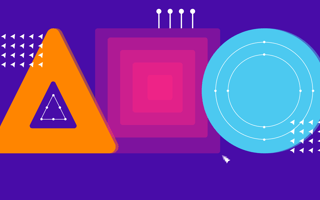The notion of UX “trends” might seem like a shaky proposition. User experience rests on well-established principles, rooted in psychology, that respond to core needs, rather than the vagaries of fashion. So even in less uncertain times, predicting changes for a discipline rooted in consistency could feel a bit dubious.
11 UX and Web Design Trends for 2022
- Remote user research becomes the norm.
- Virtual whiteboarding brings more people to the table.
- Prepare to be nudged, in a good way.
- Expect more work-tech insights.
- The big virtual reality push means more avatars and 3D visualizations.
- Metaverse or no, expect online and offline lives to mesh further.
- Accessibility (further) becomes the expectation.
- Designers approach motion more responsibly.
- Typography goes big.
- Inclusive design ups gender neutrality and expands UX research.
- UX creeps closer to AI.
On the other hand, nothing is exempt from the broader influence of new technologies and external social and cultural shifts. And shifting aesthetic preferences constantly inform the look and sound of the interfaces we use.
So what will UX, UI and web design look like in 2022? We asked experts to peer into their crystal balls and spotlight major themes to look for — be they continuations of emerging trends or new developments. Here’s what to anticipate.
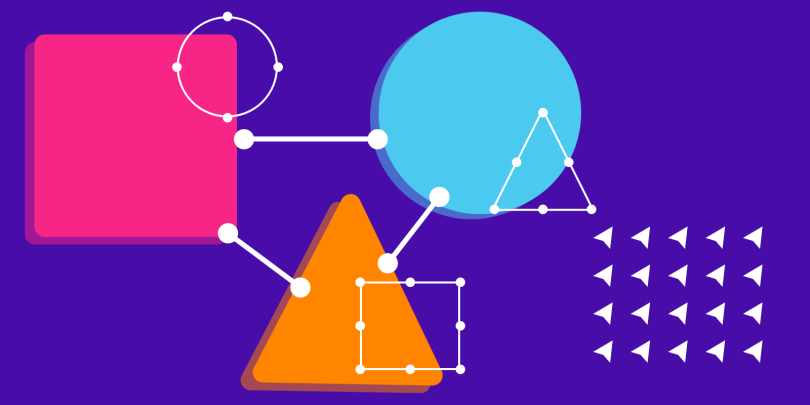
Remote and Hybrid Work Will Influence How — and What — We Design
Remote User Research Becomes the Norm
The shift toward remote user research and usability testing has already been underway for a few years, helped along by services like dscout and UserTesting. The maturation of those and similar tools, plus the continued remote and hybrid nature of work, means these processes will gravitate further and further away from in person, according to Rob Gifford, managing director of experience design at Mad*Pow. Expect remote user research and testing to become the default at more and more firms, he said.
Aside from certain exceptions, like physical devices and car interfaces, for example, “the burden of proof is going to lean towards, why does this have to be in person?” Gifford said.
“The burden of proof is going to lean towards, why does this have to be in person?”
Tammy Baird, an executive design director at Frog, said her firm had developed systems for effective remote research prior to the pandemic and has adapted well to that continued shift. At the same time, she thinks the field is still grappling with how to best pull qualitative takeaways from remote setups.
Leaning on digital-diary studies and stressing show-don’t-tell user interviews — having participants document what’s in their closet or fridge, for retail- or food-related app studies, for instance — is key, she said.
Perfecting those techniques will help UX researchers more directly observe behavior, rather than rely on participant self-reporting — which can become a little too convenient when researching remotely. “We’re missing that observational lens in a lot of ways, so I’m hoping we can bring some of that back,” Baird added.
Virtual Whiteboarding Brings More People to the Table
The remote revolution hastened both the development and adoption of collaborative features for design tools like Miro and Figma. That’s led to quicker work and more seats at the table — a trend that will likely keep expanding in the future, according to Max West, design director at Artefact. “It’s making iteration collaboration a lot faster, and it’s allowing us to bring more people into the design process,” they said.
Gifford also anticipates expanded adoption. “The learning curve in these tools is so short that executives, designers, product managers are all able to sketch things out, throw ideas on the table and create their own workshops,” Gifford said. “That’s really positive for the industry, in terms of increasing collaboration.”
Despite the tools’ relatively low barrier of entry, though, Gifford says he still consistently wrestles with two hiccups. First, when stakeholders gather for a virtual whiteboarding session, users are more hesitant to sketch digitally than they would be with pen and paper. “There are some solutions, but nobody’s nailed it,” he said.
Second, onboarding still feels unfamiliar for newcomers — so much so that Gifford creates a throwaway exercise to let users familiarize themselves with certain features before the actual workshop.
So expect to see collaboration features streamlined even further.

Expect An Increased Focus on Digital Wellbeing
Prepare to Be Nudged, in a Good Way
Last year, concerns over compulsive app usage started to ramp up right at the time that our lives became mediated by devices more than ever.
“We’re starting to see how product designers and user experience designers are thinking about ways to not only account for optimizing users as they move through our platforms and our experiences, but also looking at them as a holistic human being.”
To that end, expect more technologists to embrace user nudges designed to promote healthier relationships with our apps and gadgets, said West. That could mean everything from take-a-break prompts in social media platforms to behavioral coaching in healthtech, be they specialized chronic disease management apps or general interest fitness wearables.
“We’re starting to see how product designers and user experience designers are thinking about ways to not only account for optimizing users as they move through our platforms and our experiences, but also looking at them as a holistic human being,” they said.
Expect More Work-Tech Insights
One tech relationship we’re all (somehow) still trying to perfect is how to get the best out of teleconferencing and remote and hybrid meetings. This year saw several new features intended to give users more control over how they spend time at work, and how they interact in meetings. These include Google Calendar’s Time Insights, which breaks down how much time you spend in meetings, and video conference tool Vowel’s talk percentage counter, which tells meeting attendees how much time they’re speaking.
These features feel like the culmination of many recent trends hitting an intersection — tech wellbeing, post-quantified self data tracking and user-tailored recommendations. Expect to see more in the future, both in and out of the office, said Alex Khmelevsky, head of user experience at design agency Clay. “I think these kinds of personalization trends, so to speak, will also be developing in the next year,” he said.
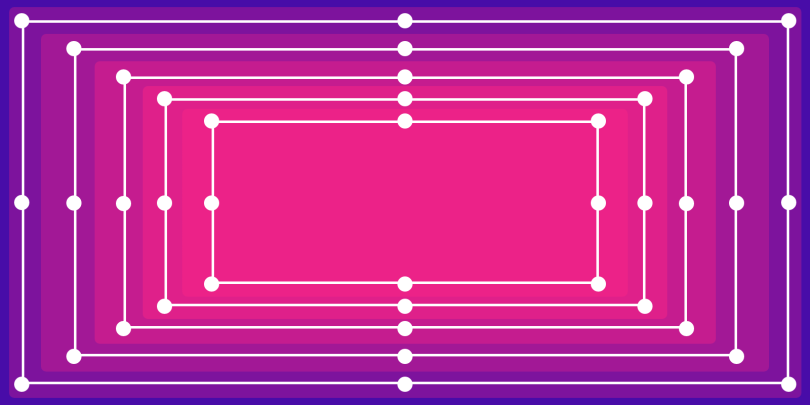
What Does the Metaverse Mean for UX?
The Big Virtual Reality Push Means More Avatars and 3D Visualizations
Despite mind-boggling sales figures for virtual real estate, Facebook’s high-profile Meta rebranding and so many NFT-sprinkled virtual events, most UX experts with whom Built In spoke were skeptical that the 2021 metaverse hype will have major repercussions in 2022.
“To some extent, I feel that VR has been a solution looking for a problem for a long time,” said Gifford.
“To some extent, I feel that VR has been a solution looking for a problem for a long time.”
But West, for one, believes extended reality’s creeping tipping point will carry downstream UX implications, namely deeper support for user avatars and 3D visualizations. (We’re already seeing fledgling steps toward a possible VR-data viz future.) “There’s a lot of excitement about [the mainstreaming of extended reality], and that’s sort of permeating out through how products are designed,” they said.
As for the actual metaverse, that potentially represents a whole new design ballgame. “In the metaverse, design is not as concerned with how quickly someone accomplishes their goal — it’s more concerned with whether a player is immersed enough to pursue a goal in the first place,” wrote former director of InVision films and metaverse writer Benjamin Bertram Goldman for Built In in March.
Metaverse or No, Expect Online and Offline Lives to Mesh Further
Regardless of where one places their metaverse bets, the expanded familiarity with virtual experiences will likely continue to blur the line between digital and online life. Baird anticipates that trend to grow more pronounced in edtech, health, culture and especially retail in the coming year. And any product design innovations that support that shift have the potential for real impact.
Social commerce is already big business in Asia, and Baird said that livestreamed, interactive shopping will likely move toward the norm in the United States soon. Communicating online how a product looks and feels in real life is, needless to say, a tricky challenge. Having a trusted member of a social shopping community report back to the network is one way to bridge that gap.
“For example, if I asked someone who’s streaming live and trying on pants that I want to buy, ‘How does it feel? How does it hug your waistline?’ They in real time can respond to that question,” Baird said.
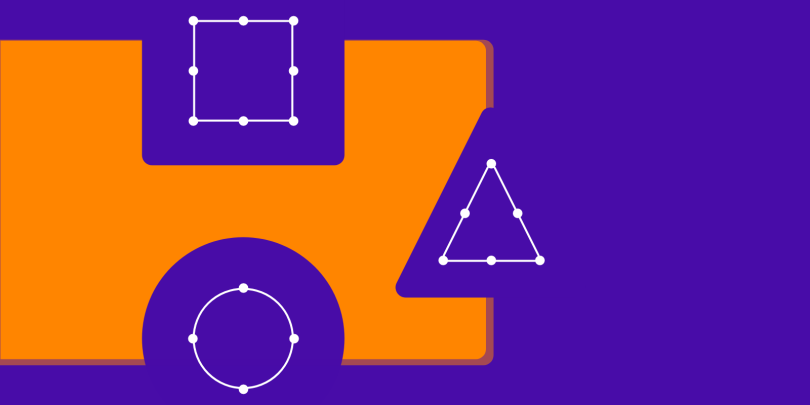
Accessibility (Further) Becomes the Expectation
In design strategist Lisa Angela’s recent state-of-digital-design “status report,” she notes that the field has sadly made scant progress on important areas of focus, such as design ethics and defining what constitutes a base skill level. “One important exception is accessibility, which is seeing substantial growth and interest across the board,” she wrote. “It’s nowhere near close to the level of ubiquity it needs to have, but the uptick is promising.”
Also promising: Several experts with whom Built In spoke reported anecdotal evidence of the same, at their firms. Enterprise clients frequently arrive with established accessibility standards, but smaller businesses now are proactively asking about accessibility as well, Khmelevsky said.
“We always suggested that designs all be ADA-compliant, but I see an emerging trend where clients themselves start to ask for that,” he said.
Of course, it’s minimizing to frame accessibility as simply a “trend” — and the same goes for inclusive design — rather than long-term social progress. And there’s still much room for improvement. But the uptick, and the expectation of continued advancement going forward, shouldn’t go unremarked.
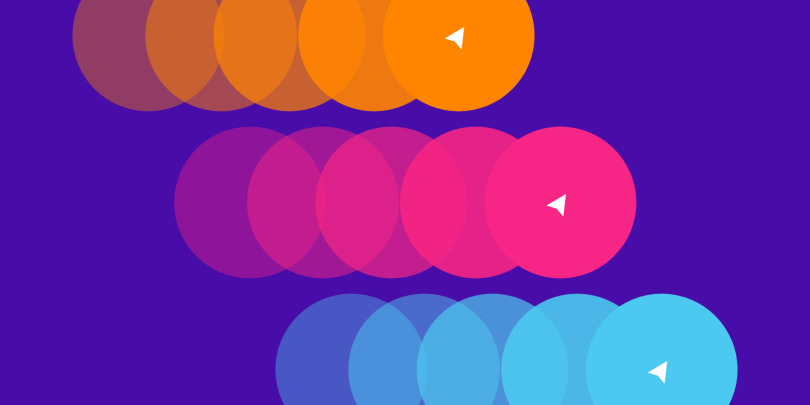
Designers Approach Motion More Responsibly
Some experts also spotlighted the ascendance of interactive web design — think animation and scrollytelling. Nowhere, perhaps, does that style dovetail with accessibility concerns more than with responsible motion design.
The sad fact is, some interactive web design approaches that are popular on social networking portfolio sites are not accessible, and designers need to confront that. For instance, animation behind text and parallax scrolling both mess with users’ sense of depth, which in some cases can cause feelings of nausea or vertigo. (The issue of trendy-but-inaccessible elements also extends to flat design at times. Recall the infamous neumorphism scare.)
The fact that such elements are also commonly celebrated perpetuates a vicious cycle, according to Camille Esposito, manager of brand design at Webflow, which placed responsible motion design on its list of web design trends for 2022.
“The web design community in general really strongly favors pretty flashy web design, using motion and interactions,” she said. “If you go to any awards site for web design, you’ll see a lot of examples that are really inaccessible.”
That doesn’t mean interactive panache will be verboten. Webflow’s recently redesigned homepage is a good example of aesthetically pleasing, yet accessible, interactivity. The animation at the top of the page features scroll-controlled zoom-ins and zoom-outs, but they don’t break how users expect the scroll to behave. And additional graphics emerge slowly and are kept small, to not be obtrusive. Also, the motion takes up less than 10 percent of the visual field. “Motion that happens across an entire screen tends to be more harmful,” Esposito said.
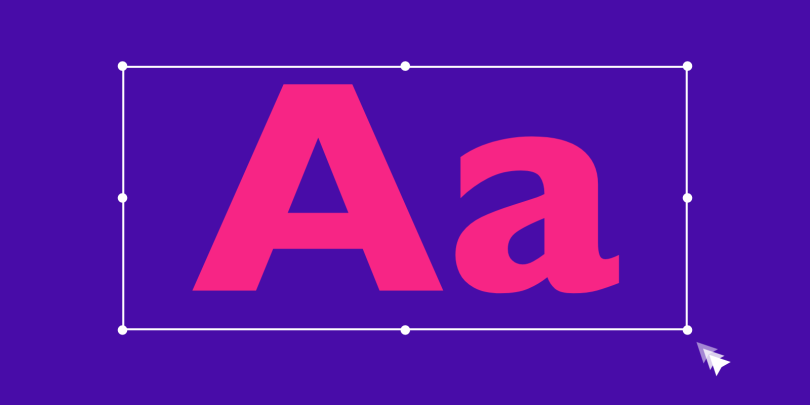
Typography Goes Big
Along similar lines, oversized typography represents an increasingly popular option to inject some flair into site design while also maintaining accessibility.
On one hand, big typography is part of the ongoing trend of print informing website design, and it’s representative of the long-lasting influence of Swiss Style and Bauhaus, Esposito noted. But it’s also a way to puncture the templatized sameness of contemporary web design in a way that still centers on readability and usability. “Text is an accessible format versus something that’s more image- or motion-based,” Esposito said.
It’s easy to associate big typography with personal design sites and the more adventurous end of the commercial spectrum, like the Brutalist-styled sites in Bustle Digital Group (such as Gawker and Input). Still, Esposito sees a path for it to become more prevalent in 2022 — thanks to that accessible mold-breaking capacity. Not an always easy path, but a path nonetheless.
“I think we’ll see it come into more company and enterprise-level products, but it is a little bit of a harder sell, because screen real estate being precious — that whole argument,” she said.

Inclusive Design Ups Gender Neutrality and Expands UX Research
Baird noted that clients coming to Frog are increasingly asking for more inclusive designs that are built upon more representative UX research.
“Companies are asking us to include inclusivity as a lens, into our work, into our research, having more diverse research participants,” said Baird. “And all of that will have a big impact on the design and products you’ll see coming out in the next couple of years.”
Gifford has seen a similar trend at Mad*Pow. More clients are requesting research participants that represent a truer sample of the population, plus more inclusive copy and imagery choices. “Companies are realizing that [inclusive design] is a need, and they’re willing to invest in it more,” he said. “That opens up all sorts of opportunities to actually do it.”
Esposito, of Webflow, noted that increased awareness around responsible gender-identity forms “they” as a copywriting standard for non-specified gender references, and pushback against stereotypically gendered site design are together making gender-neutral design standard operating procedure.
“Companies are realizing that [inclusive design] is a need, and they’re willing to invest in it more ... That opens up all sorts of opportunities to actually do it.”
Take pink personal-care product pages as an example. “Pink is not gendered on its own, curly font is not actually feminine,” said Esposito. “But they’ve become gendered because of how people have historically defined them with these associations … You have to be aware that you’re not reinforcing stereotypes with your design choices around color, typography, language and interactions.”
West, of Artefact, is inspired by the growing push for inclusivity, especially when considered through digital collaboration tools’ potential to welcome people from outside of design into the process. Of course, nominally participatory design can alienate the very communities it purports to include if those members aren’t allowed to meaningfully participate throughout the design process. But West remains hopeful that these twin developments will deliver real gains in the near future.
“It’s a really exciting future where we have all these emerging technologies that are going to require more and more people to be part of the design process, to ensure that those technologies are inclusive, equitable, privacy-preserving and mindful of our health and wellbeing,” they said. “And it’s really critical to make sure that we get more voices into that design process earlier on.”
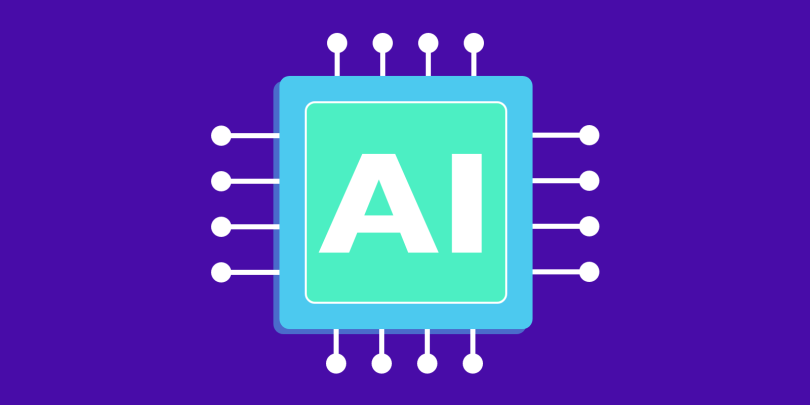
UX Creeps Closer to AI
This wouldn’t be a proper UX-predictions feature without at least some concern aired over whether algorithms and machine learning will automate traditional design tasks in the near future. We’re still not at the point where, say, natural language processing will take your UX writing job, but AI can certainly accomplish plenty, from “knowing” how to place text and images in a layout to even constructing its own design framework.
It’s too early to really fret about the robot replacement hitting UX — but it’s not too early, experts said, to start considering the job with an expanded focus. Gifford said that might entail doubling down on human-factors principles, embracing the jobs-to-be-done framework, maybe picking up a bit of data science know-how, and generally thinking about delivering overall product value rather than hyperfocusing on visual and touchpoint details.
“There will still need to be lots and lots of designers, but designers need to think more strategically about the value they’re delivering users versus just screens and flows,” he said.
UX professionals in the future will increasingly serve as “bridge-builders of trust” to autonomous systems, said West — which, of course, means building systems that are trustworthy in the first place will become even more paramount.
Going forward, there will be plenty of opportunities for UX designers to “think about ways that they can communicate the efficacy, the safety and the oversight of these systems as they continue to expand out into our everyday lives,” West said.

